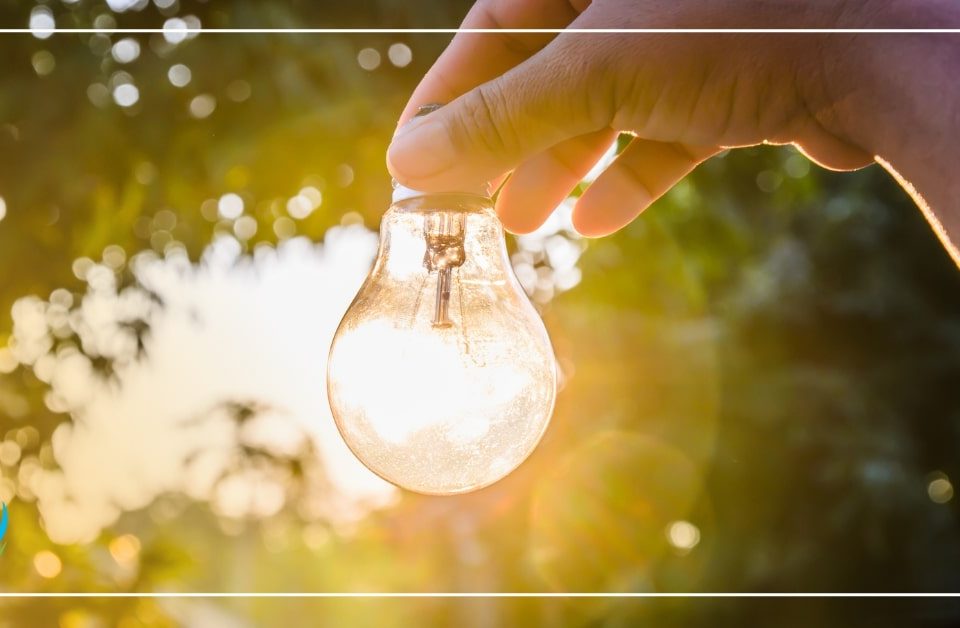What Happens at the End of the Life of a Solar Panel?
June 28, 2016Solar Panels and Snow
November 20, 2016How Solar Panels Work
Big Savings in a Big Package Choosing to go with solar energy instead of relying solely on the traditional electric grid is a ...
Big Savings in a Big Package
Choosing to go with solar energy instead of relying solely on the traditional electric grid is a unique opportunity: when you use solar panels to supplement power obtained through the power grid, you are giving back to the environment. Traditional energy grids may rely extensively on non-renewable fossil fuels whose manufacture, shipping, and burning release fumes into the air. The fumes have a list of detrimental effects, from raising the temperature of the entire Earth to damaging the various protective layers of air that protects humans, plants, and animals from the extreme rays of the sun. Solar panels take that sunlight that hits the earth every day (indeed, every hour), and turns it into power that we use for our televisions, washer and dryers, and crockpots. It’s good to know, though, that while solar panels are wonderful investments, they have specific ways that they work to get your energy to you.
Photovoltaic Technology
Though the first solar panel was created in the 20th century, the first photovoltaic cell was created in a tiny laboratory in France. A 19-year-old boy by the name of Alexandre Becquerel was able to produce electricity from a liquid in his father’s home, and did so by exposing it to the sun. Later, another scientist discovered that selenium has the ability to to produce small amounts of electricity when in contact with sunlight. From there, nearly a dozen people over the next sixty years spend time and money researching the possibility of harvesting solar energy, something that saw patent after patent on this cell and that cell, with Bell Labs (Now Nokia Bell Labs, named after Alexander Graham Bell) finally presenting and patenting the practical solar panel, one of the types of solar panels available today.
From Sunlight to Light Bulb
Our sun is a star that sits nearly 100 billion miles away from Earth. Sunlight filters through the layers of Earth’s atmosphere, which removes the most harmful rays for life on Earth, and hits the solar cell. When light hits the solar cell, it is absorbed by a semiconductor, usually silicone in a sheet set in thin, strong metal. Solar panels can become very hot due to the absorption of light next to heat-conducting metal, and the requisite that they are placed outdoors. When light hits the silicone (or other semiconductor), the protons, which are the smallest particles of light and make up the light you see, jump around inside of the material, and make their way down through another layer of the absorbing material. The absorbing material is mixed with a naturally-occurring chemical whose chemical makeup pushes the jumping protons and all of their energy down into a direct current system, a system that constantly provides an uncontrolled type of energy. From there, a converter in your home will turn that direct current to an alternating current, one that you can divert to your bathroom, your bedroom, or your outdoor television. Solar panels can give you everything you need, and most of what you want through their unique way of capturing and giving you the power of the sun.

